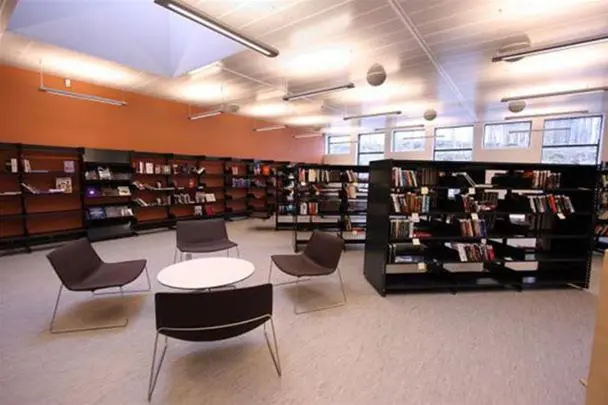(Opinion) Brazil’s Supreme Court has set a deadline: six months to revamp the country’s unconstitutional prison system.
This decision couldn’t be more timely. Across Latin America, prison systems are breaking at the seams.
Yet, Brazil’s overcrowding rate stands at a staggering 136%, making it a focal point for reform.
This ruling could be a model for the region. Just like Brazil, Argentina faces overcrowding and dilapidated facilities.
Mexico grapples with gang-controlled prisons, while Colombia’s jails are 50% over capacity, leading to riots.
Even Chile struggles with human rights issues in prisons. This is not just a local crisis; it’s a regional one.

However, Brazil’s court ruling has added fresh elements to the reform agenda. It wants states to create individual plans after a national strategy is approved.
The goals are specific: reduce overcrowding, improve prisoner monitoring, and upgrade facilities. States will then have three years to implement these plans.
The question is, will these plans work?
The United States, which has a complex, well-funded system, still faces overcrowding and high reoffending rates.
Moreover, private prisons, driven by profit motives, aggravate the situation. The U.S. experience shows that simply throwing money at the problem doesn’t work.
On the other hand, European countries like Norway offer a glimmer of hope.
They’ve turned prisons into rehabilitation centers, boasting some of the lowest reoffending rates worldwide.
The focus is on education, skill-building, and preparing inmates for a return to society. Brazil and its Latin American neighbors could borrow this model.
Yet, every nation is different. Tailored solutions that consider local realities are essential.
European Models
Brazil, for instance, should aim for a balanced approach that combines European rehabilitation models with local adjustments.
Other Latin American countries can follow suit, adapting this framework to their unique circumstances.
So, what’s next?
Brazil’s government must show the will to enforce these court-mandated reforms. Compliance and effective implementation are key.
The court ruling serves as a guideline but the work has just begun. The eyes of the region, and the world, are on Brazil as it takes these crucial steps.

